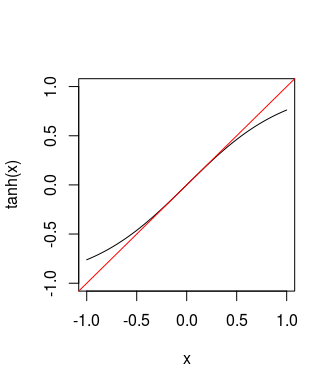Formula for weighted Pearson correlation can be easily found on the web, StackOverflow, and Wikipedia and is implemented in several R packages e.g. psych, or weights. It is calculated like regular correlation but with using weighted means,
$$ m_X = \frac{\sum_i w_i x_i}{\sum_i w_i}, ~~~~ m_Y = \frac{\sum_i w_i y_i}{\sum_i w_i} $$
$$ s_X = \frac{\sum_i w_i (x_i - m_X)^2}{ \sum_i w_i}, ~~~~ s_Y = \frac{\sum_i w_i (y_i - m_Y)^2}{ \sum_i w_i} $$
and weighted covariance
$$ s_{XY} = \frac{\sum_i w_i (x_i - m_X)(y_i - m_Y)}{ \sum_i w_i} $$
having all this you can easily compute weighted correlation
$$ \rho_{XY} = \frac{s_{XY}}{\sqrt{s_X s_Y}} $$
As about your second question, as I understand it, you would have data about correlations between political orientation and preference for the twenty artists and users binary answers about his/her preference and you want to get some kind of aggregate measure of it.
Let's start with averaging correlations. There are multiple methods for averaging probabilities, but there doesn't seem to be so many approaches to averaging correlations. One thing that could be done is to use Fisher's $z$-transformation as described on MathOverflow, i.e.
$$ \bar\rho = \tanh^{-1} \left(\frac{\sum_{j=1}^K \tanh(\rho_j)}{K} \right) $$
Basically taking tangents of correlation coefficients "flattens" the extreme values (see below) so they have lower influence on the final estimate and makes their distribution closer to normal. This procedure was also described by Bushman and Wang (1995).
Next, you have to notice that if $r = \mathrm{cor}(X,Y)$, then $-r = \mathrm{cor}(-X,Y) = \mathrm{cor}(X,-Y)$, so positive correlation of musical preference with some political orientation is the same as negative correlation of musical dislike to such political orientation, and the other way around.
Now, let's define $r_j$ as correlation of musical preference of $j$-th artist to some political orientation, and $x_{ij}$ as $i$-th users preference for $j$-th artist, where $x_{ij} = 1$ for preference and $x_{ij} = -1$ for dislike. You can define your final estimate as
$$ \bar r_i = \tanh^{-1} \left(\frac{\sum_{j=1}^K \tanh(r_j x_{ij})}{K} \right) $$
i.e. compute average correlation that inverts the signs for correlations accordingly for preferred and disliked artists. By applying such procedure you end up with the average "correlation" of users preference and political orientation, that as regular correlation ranges from $-1$ to $1$.
But...
Don't you think that all of this is an overkill for something that is basically a multiple regression problem? Instead all the weighting and averaging you could simply use weighted multiple regression (linear or logistic depending if you predict binary preference or degree off preference in either direction) where weights are based on sizes of subsamples. You would use musical preference for each artist as predictor. In the end you'll use user's preference to make predictions. This approach is simpler and more statistically elegant. It also applies relative weights to the artists while averaging the correlations doesn't correct for their relative "impact" on the final score. Moreover, regression takes into consideration the base rate (or default political orientation), while averaging correlations does not. Imagine that vast majority of the population prefers party $A$, this should make you less eager to predict $B$'s and regression accounts for that by including intercept. The only problem is multicollinearity but when averaging correlations you ignore it rather then dealing with it.
Bushman, B.J., & Wang, M.C. (1995). A procedure for combining sample correlation coefficients and vote counts to obtain an estimate and a confidence interval for the population correlation coefficient. Psychological Bulletin, 117(3), 530.

